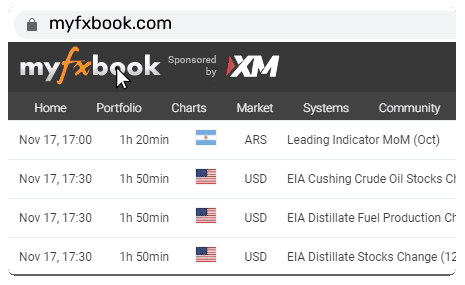Dollar trapped between inverted curves and rallying equities.

There has been little follow-through from the dollar selling we saw late last week. Currently, global markets present a curious picture of steeply inverting yield curves – which occasionally forewarn recession – but bid equity markets. Which market has it right? I tend to think the dollar will come lower in the second half, but again timing is everything.
USD: Dollar trapped in the middle of inverted curves and risk rally
FX markets are relatively calm today until 4pm Sydney time but after the recent public holiday in the United States markets seems pretty quiet. Risk assets have slightly weakened as Chinese authorities only reduced the 5-year Loan Prime Rate by 10 basis points (bps), which disappointed those hoping for more significant support through lower mortgage rates for China's property sector. As the European session begins, the USD/CNH exchange rate has risen to 7.18, which has kept the USD/Asia bid and has a mildly bullish effect on the dollar.
Taking a broader perspective, the dollar finds itself caught between two narratives, resulting in a 2% gain against the yen and a 2% loss against sterling and commodity currencies over the past month. These two stories can be summarized as follows: i) central banks aggressively curbing inflation, leading to steeply inverted yield curves, and ii) equities rallying due to the belief that recessions will be mild, potentially due to low unemployment. My overall outlook suggests that US disinflation will become evident in the third quarter, causing a shift from a bearish to a bullish yield curve inversion and a broader decline in the value of the dollar. However, we have not reached that point yet.
In the short term, today's UK data is limited to second-tier indicators such as CPI, and we have Adachi from Bank of Japan (BOJ) scheduled to speak at 111:30 Sydney time. He might provide some insight into monetary policy from BoJ. However, this is unlikely to have a significant impact on the value of the Japanese yen.
I anticipate the US Dollar Index (DXY) to trade within a range of 102.00-103.00, and I expect USD/JPY to continue its gradual upward movement. There is an increasing likelihood that Japanese authorities will intervene in the foreign exchange market near the 145 level.
EUR: Little follow-through buying yet.
The EUR/USD pair is currently in a state of calm above the 1.09 level, awaiting significant market catalysts. With a relatively light economic calendar in both the US and the Eurozone this week, the direction of EUR/USD may be influenced by the movements of GBP/USD, driven by the release of UK CPI data today as mentioned on USD section and the upcoming Bank of England (BoE) meeting on Thursday.
EUR/USD has managed to stay above the support levels I mentioned yesterday “To sustain the bullish momentum from last week, EUR/USD should find support at short-term levels around 1.0910/30”, you can find the full analysis on this link; https://acy.com.au/en/market-news/market-analysis/is-it-time-to-buy-usd-l-s-113330/ ranging from 1.0910 to 1.0930. However, for bullish momentum to be confirmed, it is crucial for the pair to advance today. Failure to do so may result in the bearish risk sentiment and the prevailing strong dollar narrative pulling EUR/USD back down towards the 1.0800 to 1.0850 region later in the week. Presently, there are limited catalysts to support a stronger Euro, and speeches by European Central Bank (ECB) officials are unlikely to alter expectations that the ECB may implement two additional interest rate hikes by year-end.
In other news, EUR/SEK has been reaching new highs, with investors closely monitoring developments in the Swedish real estate market. Earlier this month, the Riksbank urged Swedish property companies to reinforce their balance sheets.
GBP: Cracks starting to show?
Yesterday, attention in the UK was captured by the surge in two-year Gilt yields, surpassing the 5% mark and adding to the woes of UK mortgage holders seeking to refinance. The inversion of the UK 2–10-year Gilt curve has now reached its highest level since 2000.
While a significantly inverted Gilt curve may make it costlier for foreign investors to hedge their UK Gilt holdings, thus benefiting the value of the sterling, this steep inversion poses substantial challenges to the UK economy. It's important to note that drawing strong conclusions from a single day's price movement may be excessive, but it is worth mentioning that the rise in Gilt yields yesterday was not accompanied by a corresponding increase in the value of the sterling.
I anticipate that EUR/GBP will consolidate in the lead-up to the release of the May UK Consumer Price Index (CPI) data, which is scheduled for today. Once again, I view the current levels in EUR/GBP as an opportune range to consider increasing foreign exchange hedge ratios on GBP receivables.
This content may have been written by a third party. ACY makes no representation or warranty and assumes no liability as to the accuracy or completeness of the information provided, nor any loss arising from any investment based on a recommendation, forecast or other information supplied by any third-party. This content is information only, and does not constitute financial, investment or other advice on which you can rely.



















